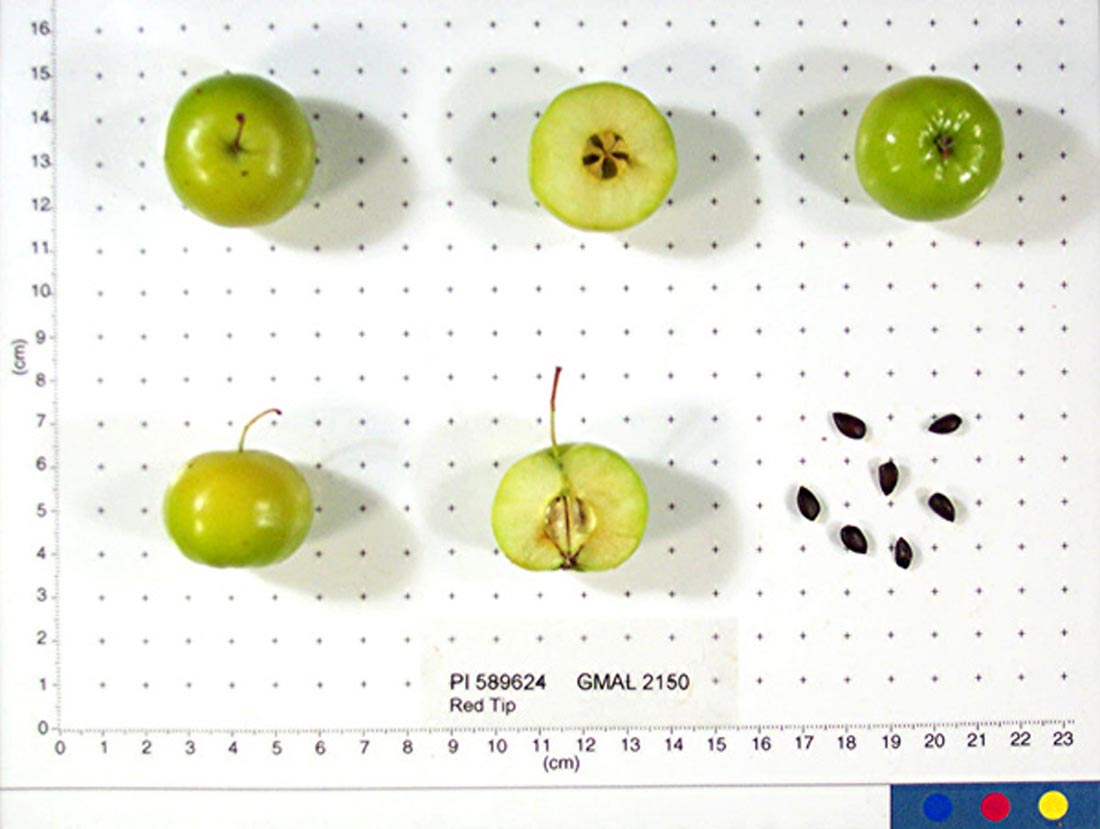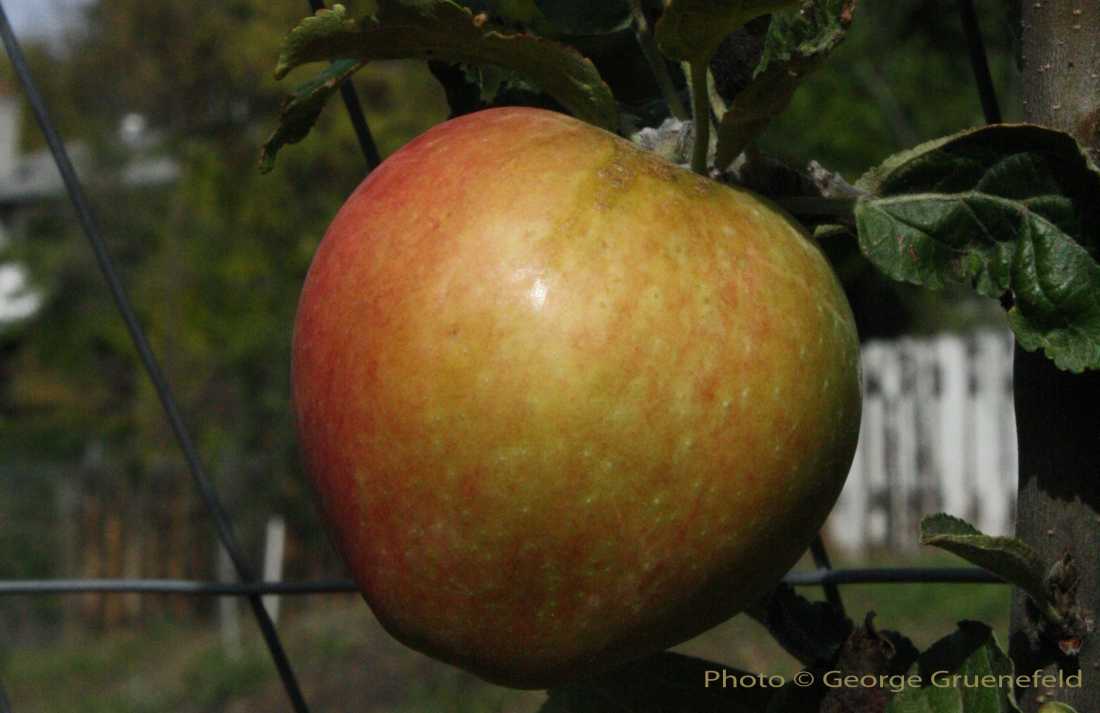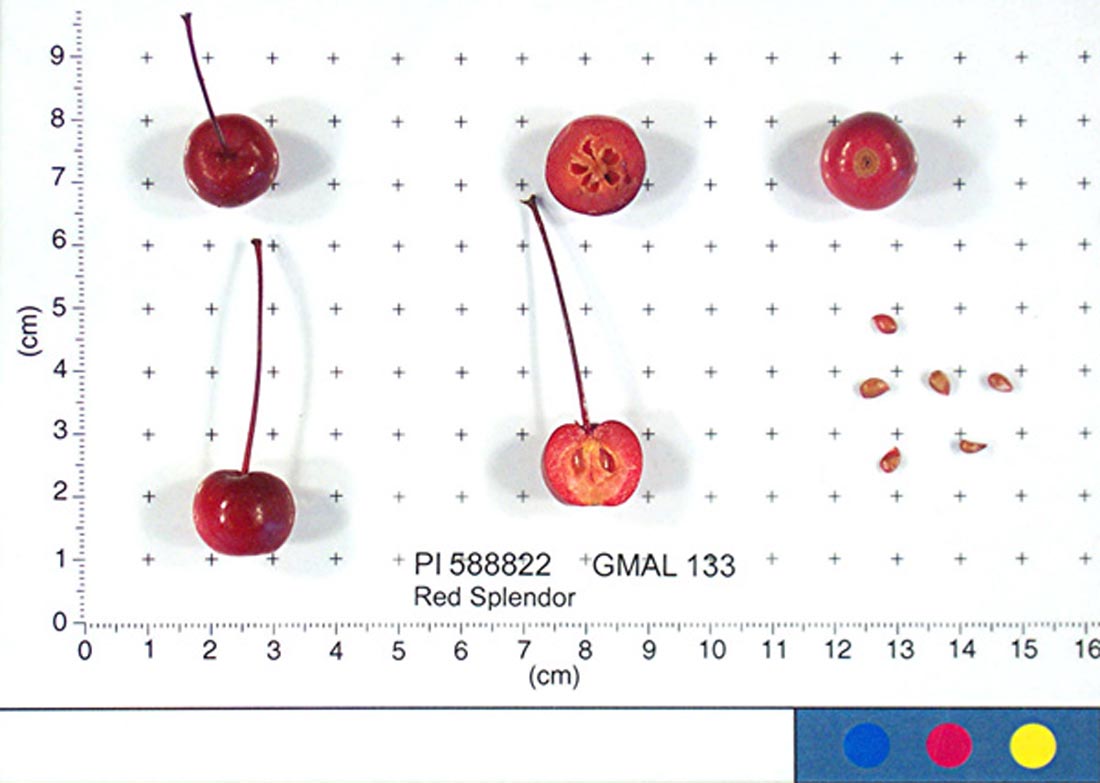Welcome to the world's most extensive apples (pommes) database.
Information on over 7,000 apples is available here, all carefully researched and provided in a way that is easy to navigate.
Search for ""Red Stripe""
Red Striped Graham

origins: Originated in 1926 as a bud mutation of Northern Spy apple at the Manistee Orchard Company in Manistee, Michigan (U.S.A.). Deeper red colouring than the ...
Red Ingestrie

characteristics: The flesh is yellow, tender, juicy and brisk. Keeps two months in storage.
Red Styre

origins: Hogg, R. The Fruit Manual (1884); This variety was on the planting list of H. P. Bulmer and Co of Hereford in the 1930s. They mantain records of these plantings ...
Red River

characteristics: A good eating apple, especially so when allowed to age in storage for close to a month.
Astrachan Striped

summary: It is not known whether the Astrachan Striped is the same apple as the Striped Astrachan . We do know that an apple by that name was included in Nick Botner's list of ...
Rathe Ripe

characteristics: The flesh is white, soft. Somewhat dry, sweet and slightly tart and sitinctly fruity. .
Red Silver
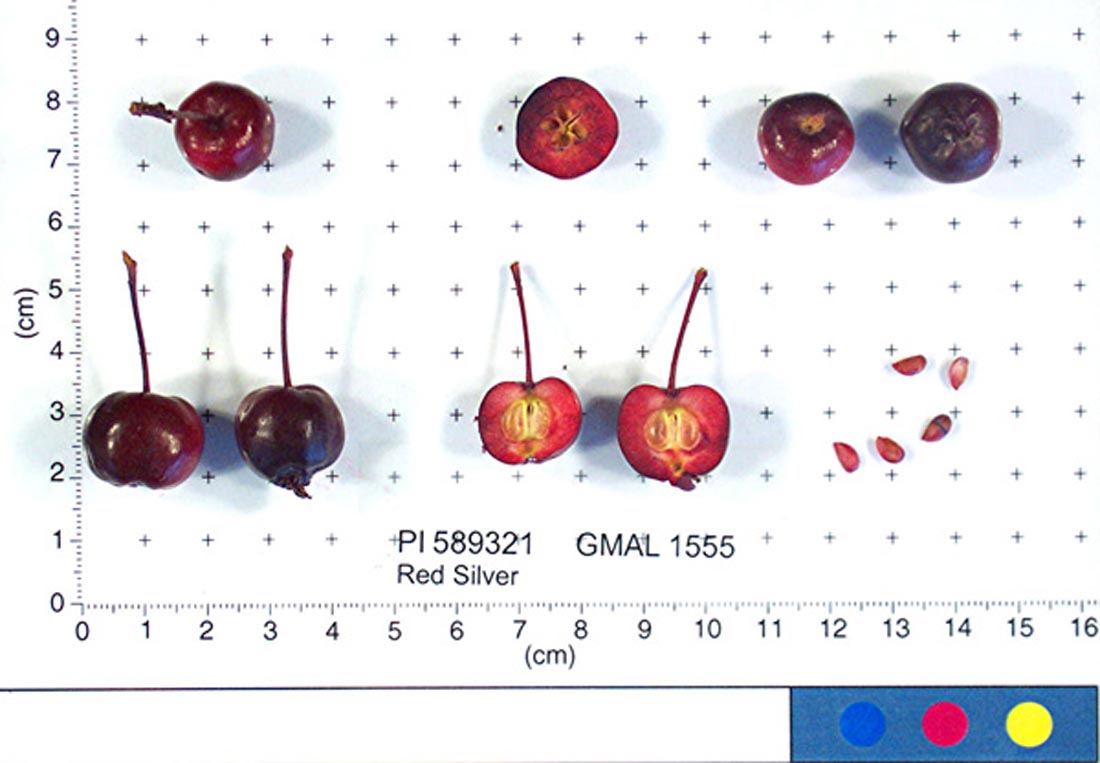
1
summary: A somewhat small ornamental crabapple with maroon and silvery foliage and red blossoms.
Red Elstar

summary: A mutation of Elstar. Completely washed red. See Elstar
Red Detroit

origins: The exact date of origin is unclear, but it was examined by United States Department of Agriculture experts in 1924 and was determined to be different from the ...
Red Sparkle

origins: — Trail x Melba, Dr. C. R. Ure, Morden Research Station, Agriculture Canada, for the Prairie Fruit Breeding Cooperative, selected at AHRC, Brooks, ...
Amère de Surville

characteristics: The flesh is greenish which is most pronounced close to the skin. Very bitter with no discernible aroma.
Hereford Redstreak
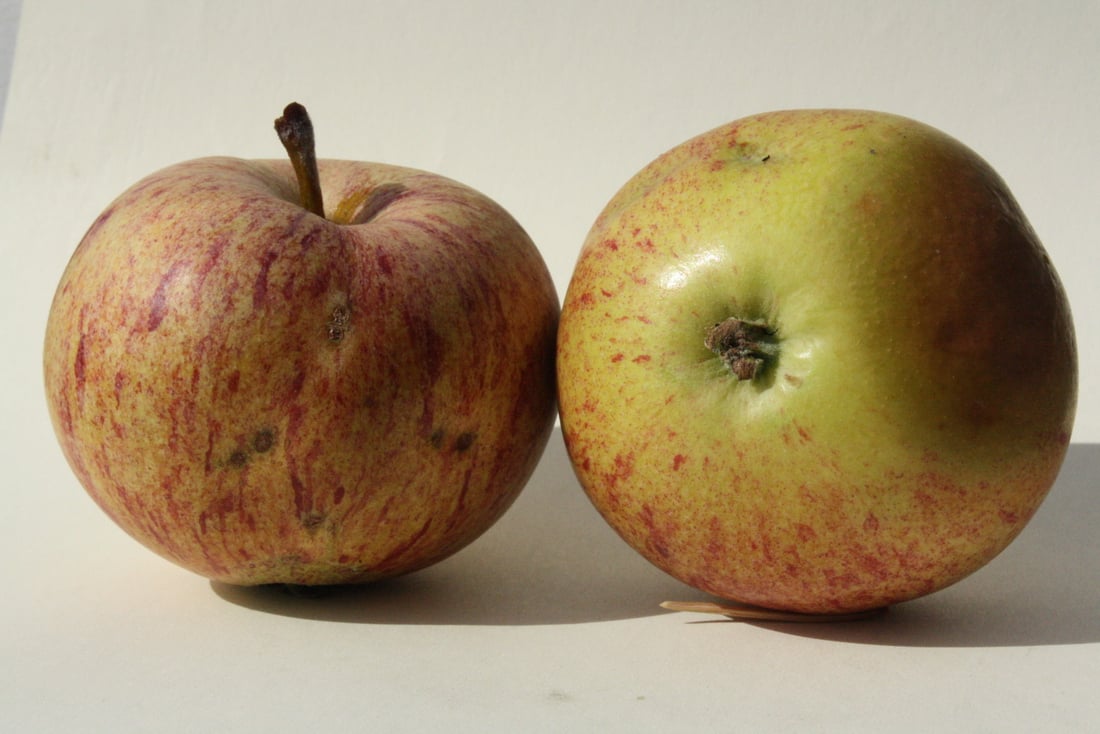
1
origins: Raised in the early 1600s by Lord Scadamore at Holme Lacy. It was thought to have gone extinct and that existing Hereford Redstreaks are actually mislabelled ...
Red Cluster

origins: somersetshire listed in 1845 ‘The Best Known in Devonshire [Apple no.51/1845].
Red Victoria

characteristics: The flesh is greenish white, firm. acid
Striped Monstrous Reinette

characteristics: The flesh is white and tender. Juicy.
Forest Styre

origins: Reported to be a very old Gloucestershire apple, it was first mentioned in print d by John Phillips, Cyder: A poem in two books (1706). Easily propagated by ...
Aigre de Stéphanie

summary: Though this rather bitter apple is usually used for cider, the flesh is actually quite pleasant for eating raw after about eight weeks in storage.
Red Statesman

summary: A mutation of Statesman found in 1914 in New Zealand. An intense red version of the parent variety. Requires 600 or more chilling hours.
Red Astrachan
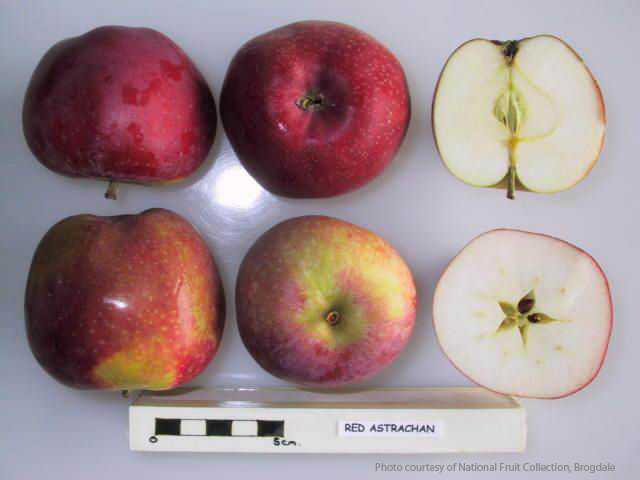
1
characteristics: The flesh is white and frequently stained red. Fine textured, tender and soft. Juicy, brisk and slightly bitter.
Donate a cider?
